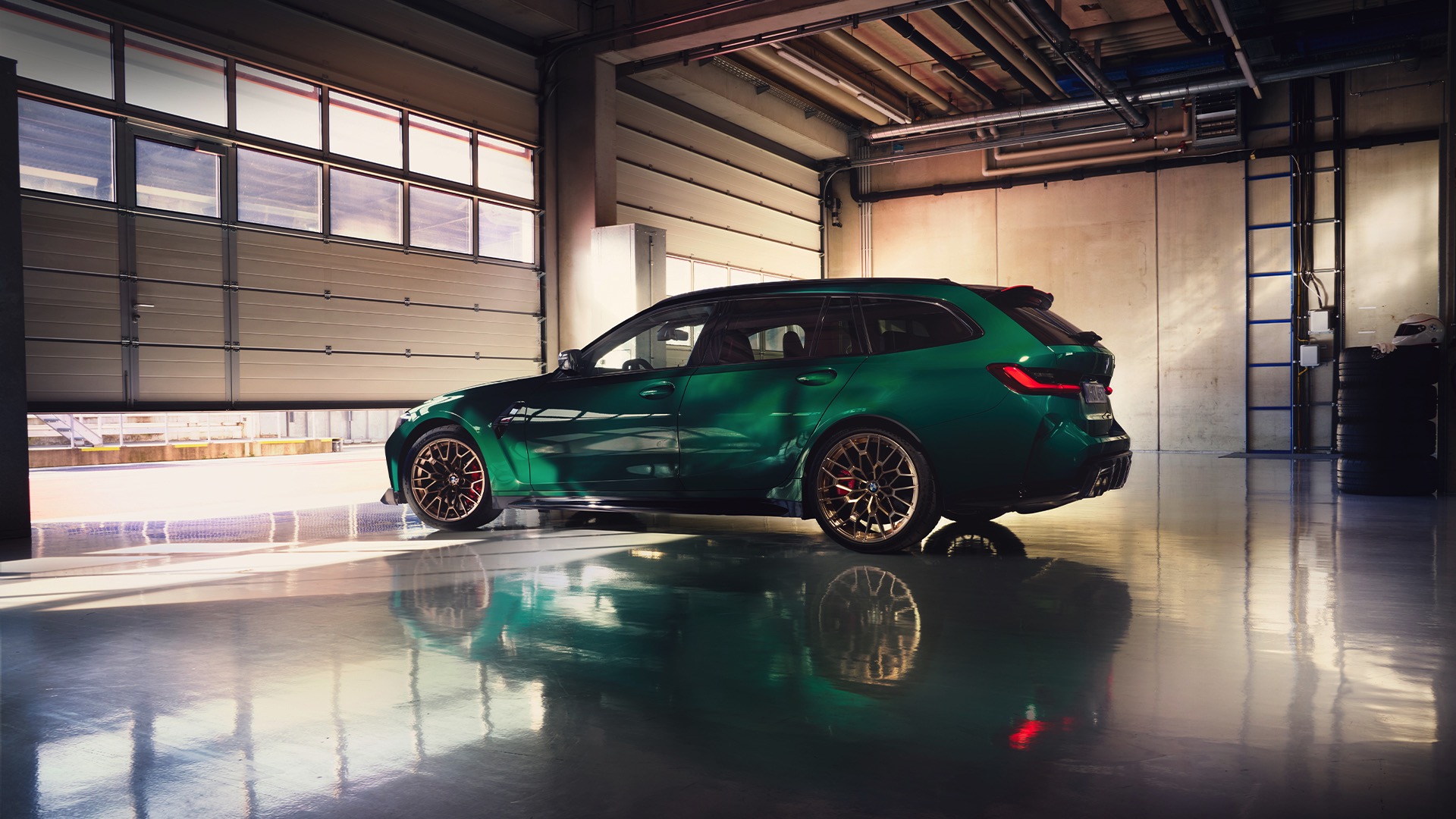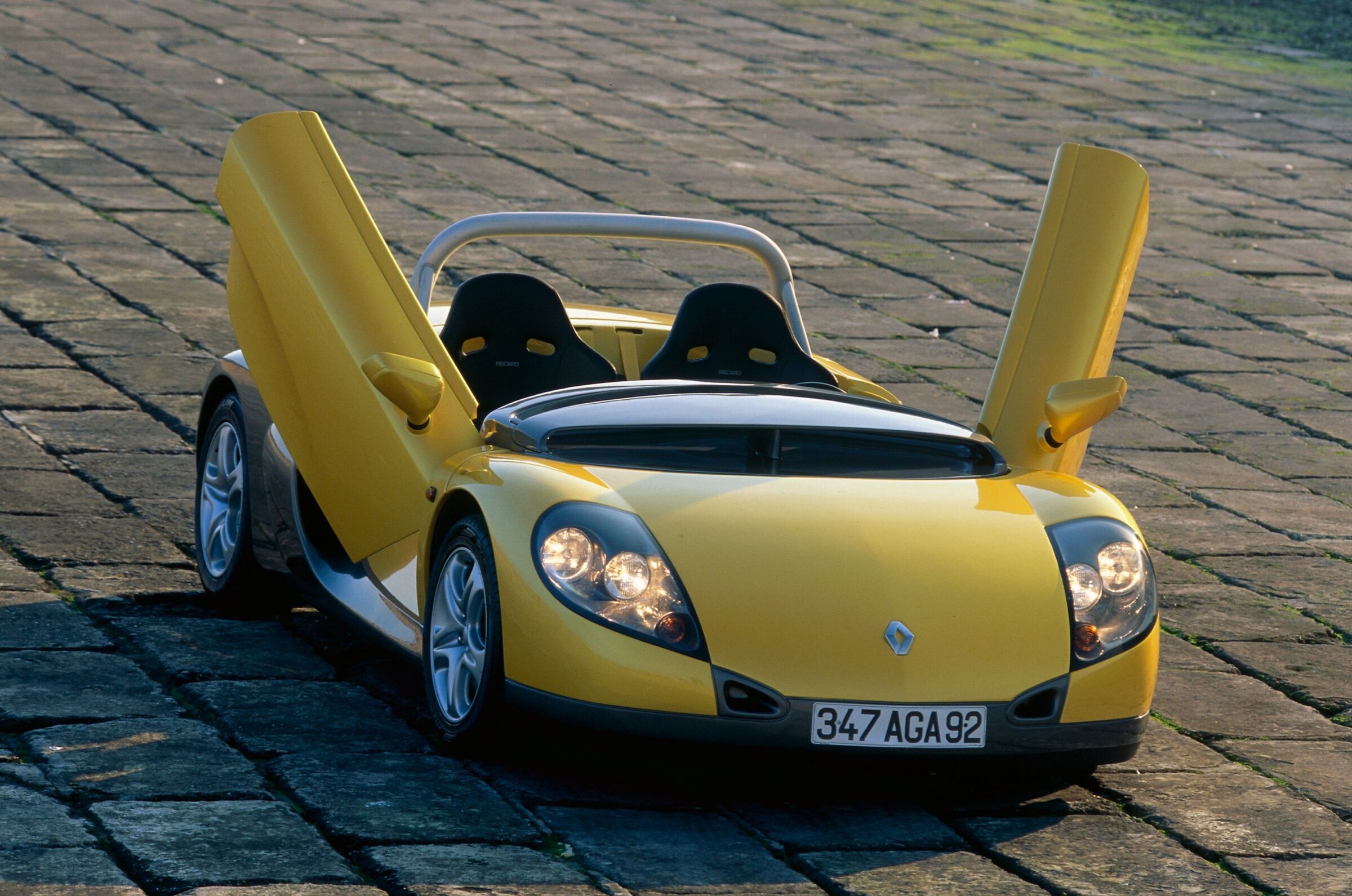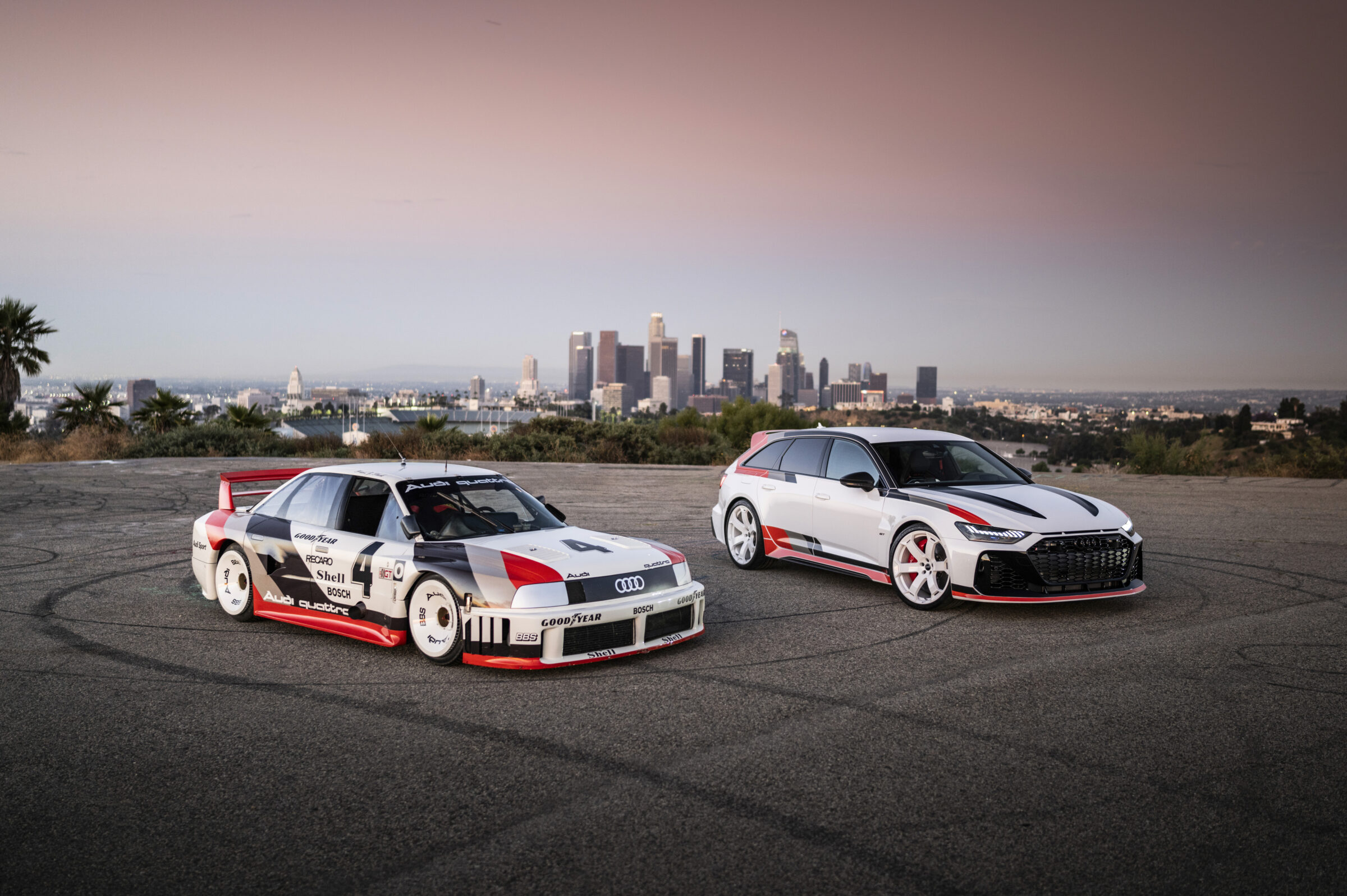50 Years of Lamborghini Urraco
2+2-seater sports cars from Italy are rather in the minority. The best known are probably various Ferrari models such as the 250 GTE 2+2, the Mondial or nowadays the GTC4Lusso, which however must rather pass as a full four-seater. But the fact that Lamborghini once cultivated this field has almost been forgotten these days. At the Turin Motor Show in 1970 the Urraco was in the spotlight for the first time. As a new entry-level model, the 2+2-seater Lamborghini was to be well-placed even against brands such as Porsche. A completely new car with a mid-engine layout had been developed for this purpose. However, it took another three years until the market launch took place.
After Marcello Gandini had already shown at the Miura and Countach how well he could use his pencil, he was also allowed to design the new Urraco on behalf of Lamborghini. However, the mid-engine layout and the seating arrangement resulted in somewhat unbalanced proportions. Among sports car fans, the Urraco is still considered the most beautiful 2+2 mid-engine sports car. Bertone finally implemented its design as an all-steel body in shell construction. A box-shaped stiffener was added to the floor plate and the basic framework of the bodyshell with standing walls and roof rails was welded to it. Jarama and Espada were built in a similar way at the same time. The Countach, however, remained a classic tubular frame car.




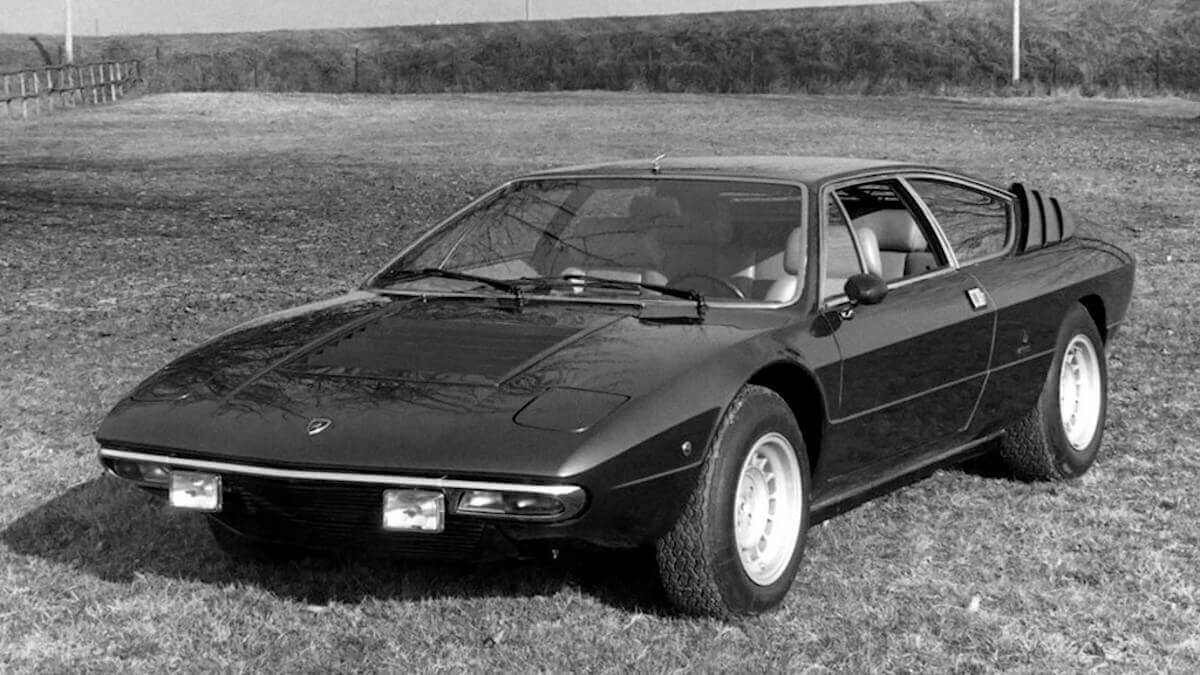









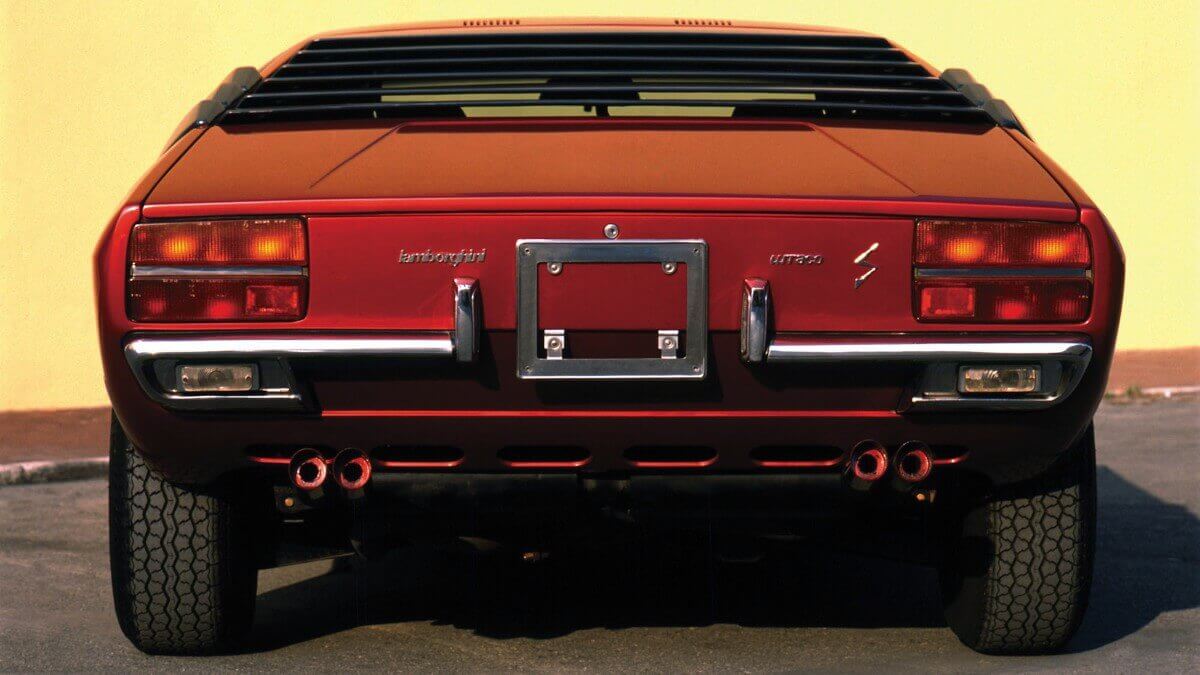

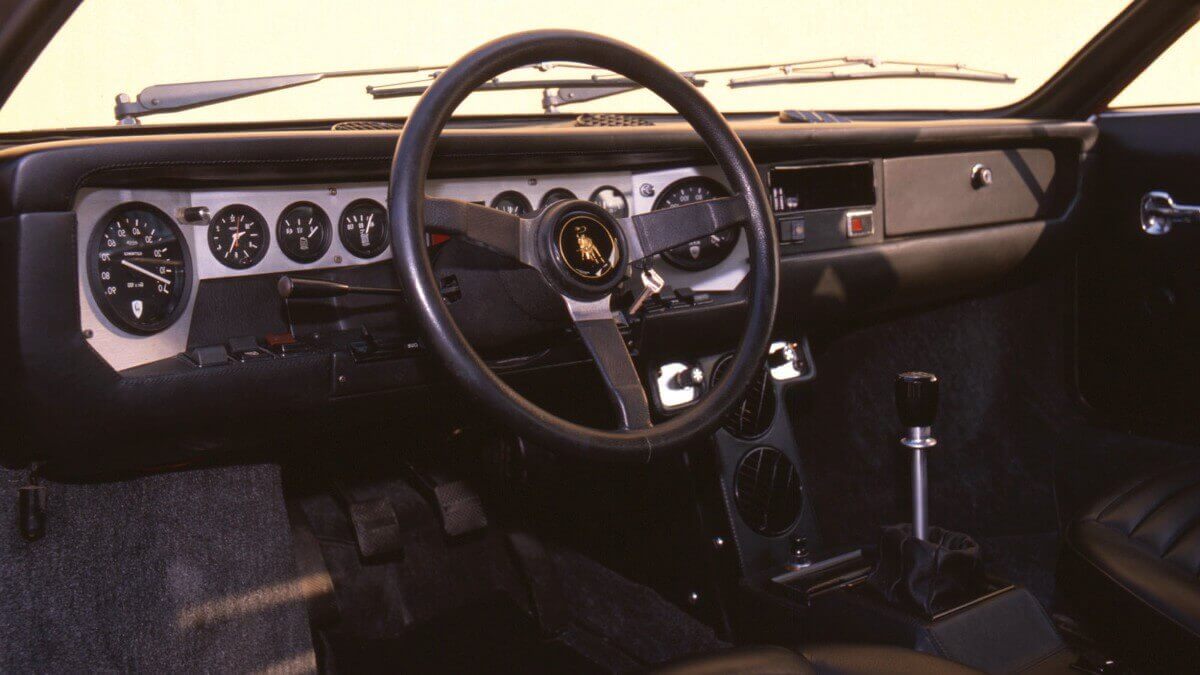

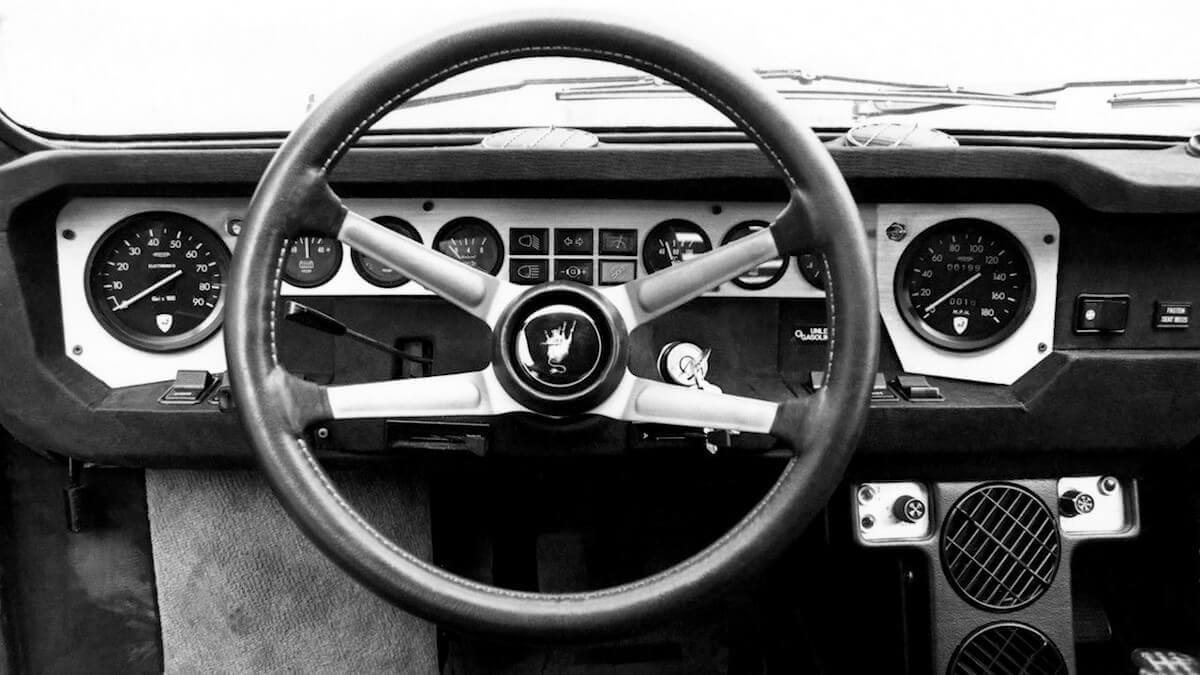

Inside, fashionable colors provided a clear reference to the fashion of the 1970s. However, the ergonomics clearly fell short of expectations. The speedometer and the rev counter don’t sit in the middle as usual, in order to be visible through the steering wheel rim. Instead, one of them sits to the left and the other to the right of the steering wheel where the driver usually has his hands, while directly behind it there are only smaller instruments like the clock or for tank capacity, oil pressure, water temperature and the like. Behind the two emergency seats in the rear sat a V8 engine designed by Stanzani with a 90-degree bank angle across the rear axle. Block and cylinder head were made of aluminium. In the course of production there were three different versions. As Urraco P250, the car came onto the market in 1973 with 162 kW/220 hp from 2.5 liters of displacement. About a year later, the Urraco P300 with three liters cubic capacity, four overhead camshafts and 195 kW/265 hp also arrived at the dealerships. As the Italian state at that time charged 17 percent VAT on vehicles up to two liters, but 38 percent VAT on those above that displacement, Lamborghini also produced the Urraco P200 for the domestic market in 1974. This had 134 kW/182 hp from two liters of engine capacity.
In order to save costs, Bertone reached deep into the parts box of Fiat for the series development of the Urraco. Door locks and handles, switches, rear lights and the like were thus taken over from mass production cars. However, Lamborghini got bogged down with the diversification of the model range and made too much competition for itself, while there were also enough interesting alternatives among the competitors. This was clearly reflected in the production figures. Only 77 P200, 520 P250 and 190 P300 were produced between 1973 and 1979. From 1976 to 1978, the same basis was used to produce the Silhouette as a targa with only two seats, of which only 54 were produced due to the fact that it was never approved for the US market. Lamborghini developed the model further into the Jalpa, which was built around 400 times between 1982 and 1988.
Images: Lamborghini


